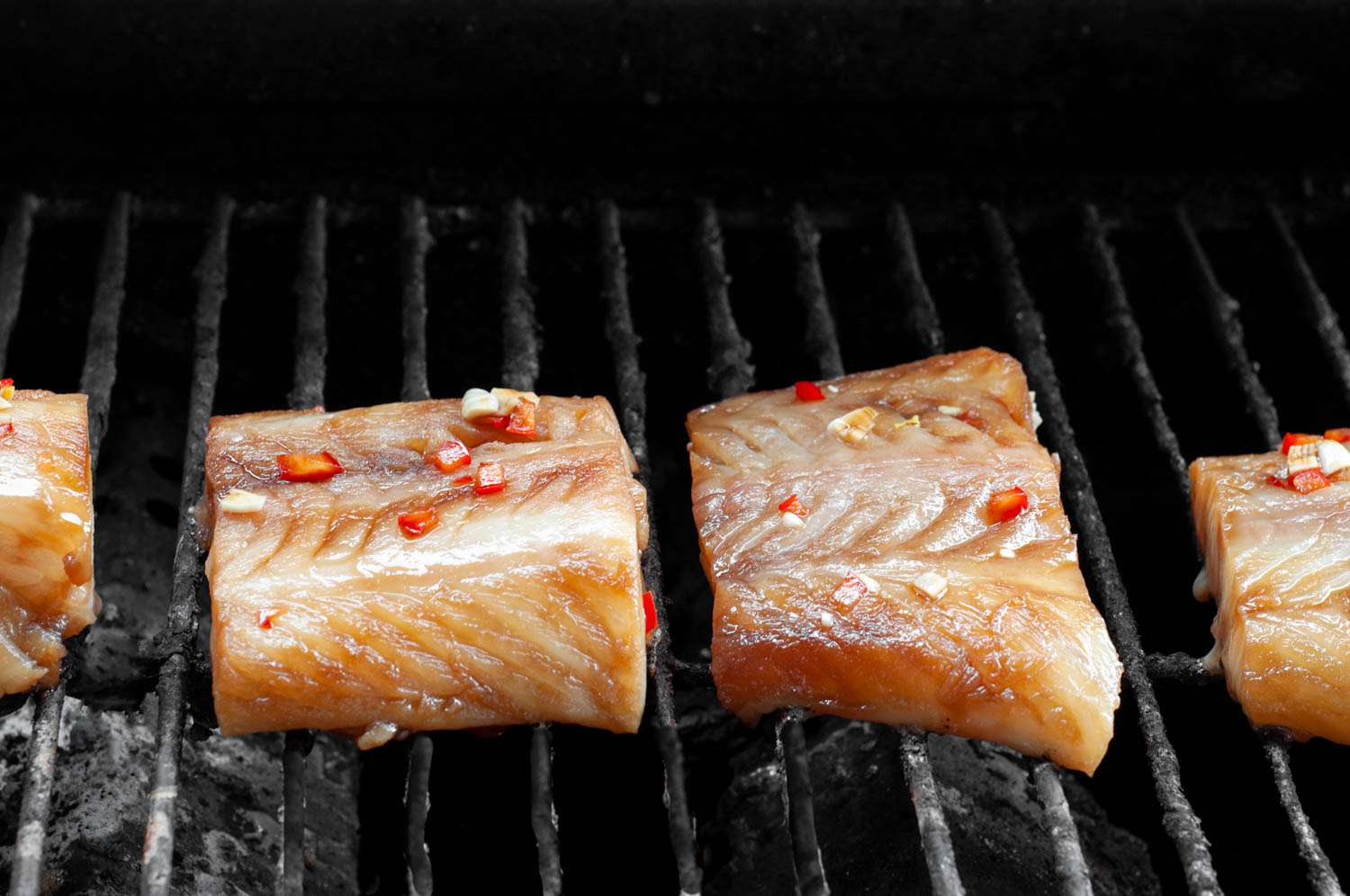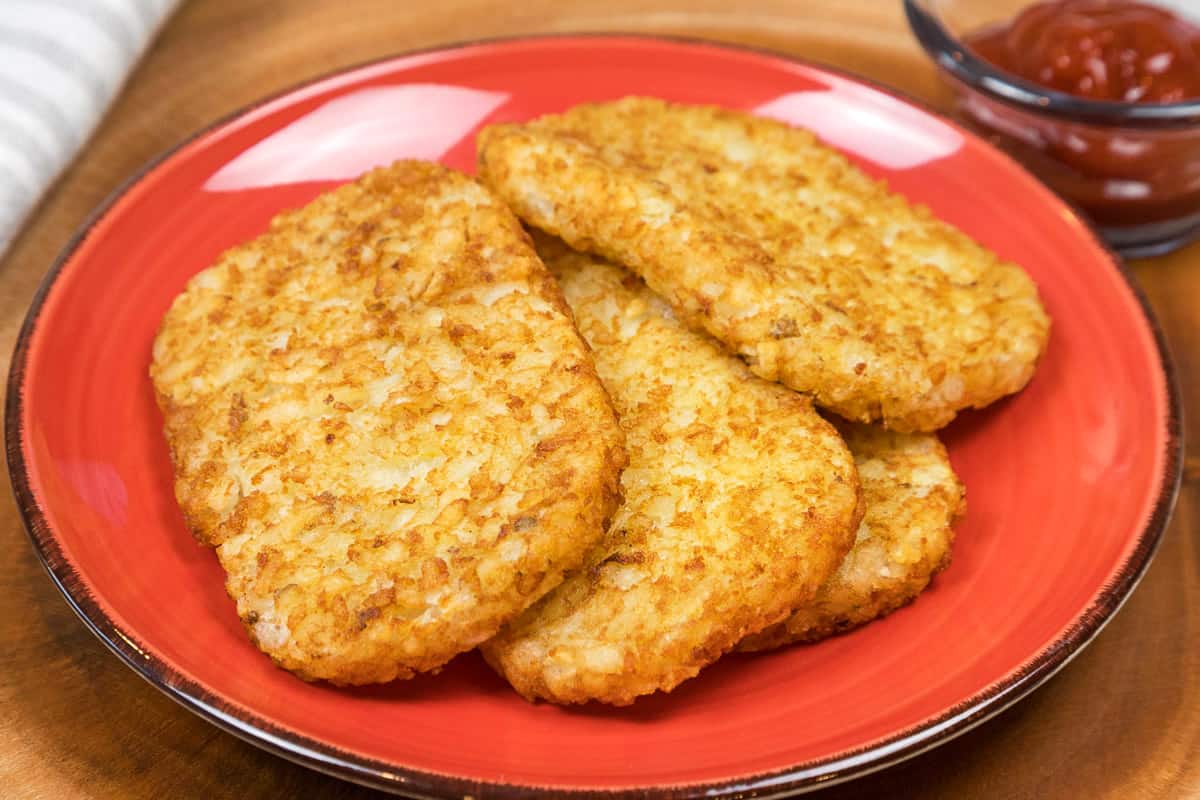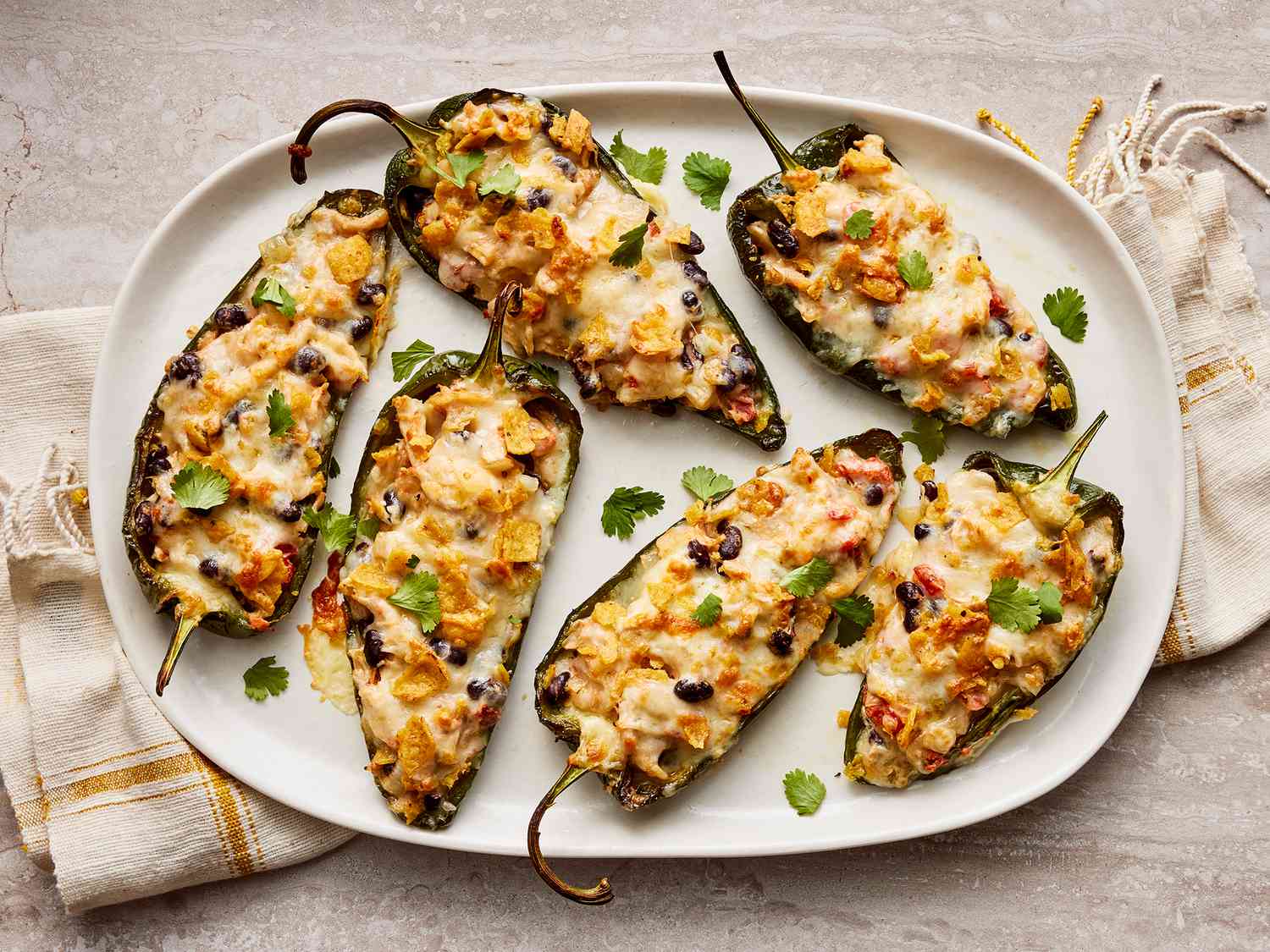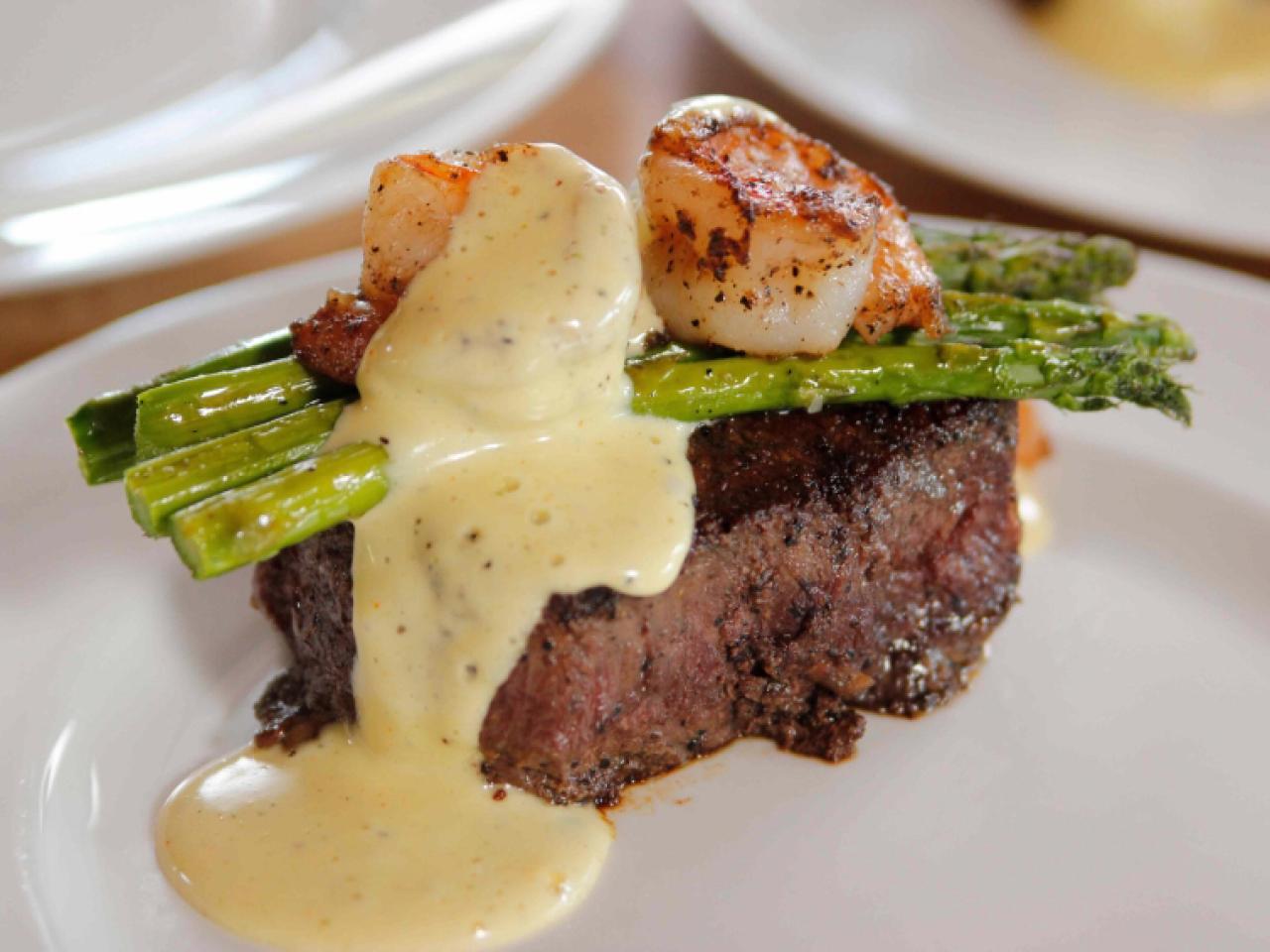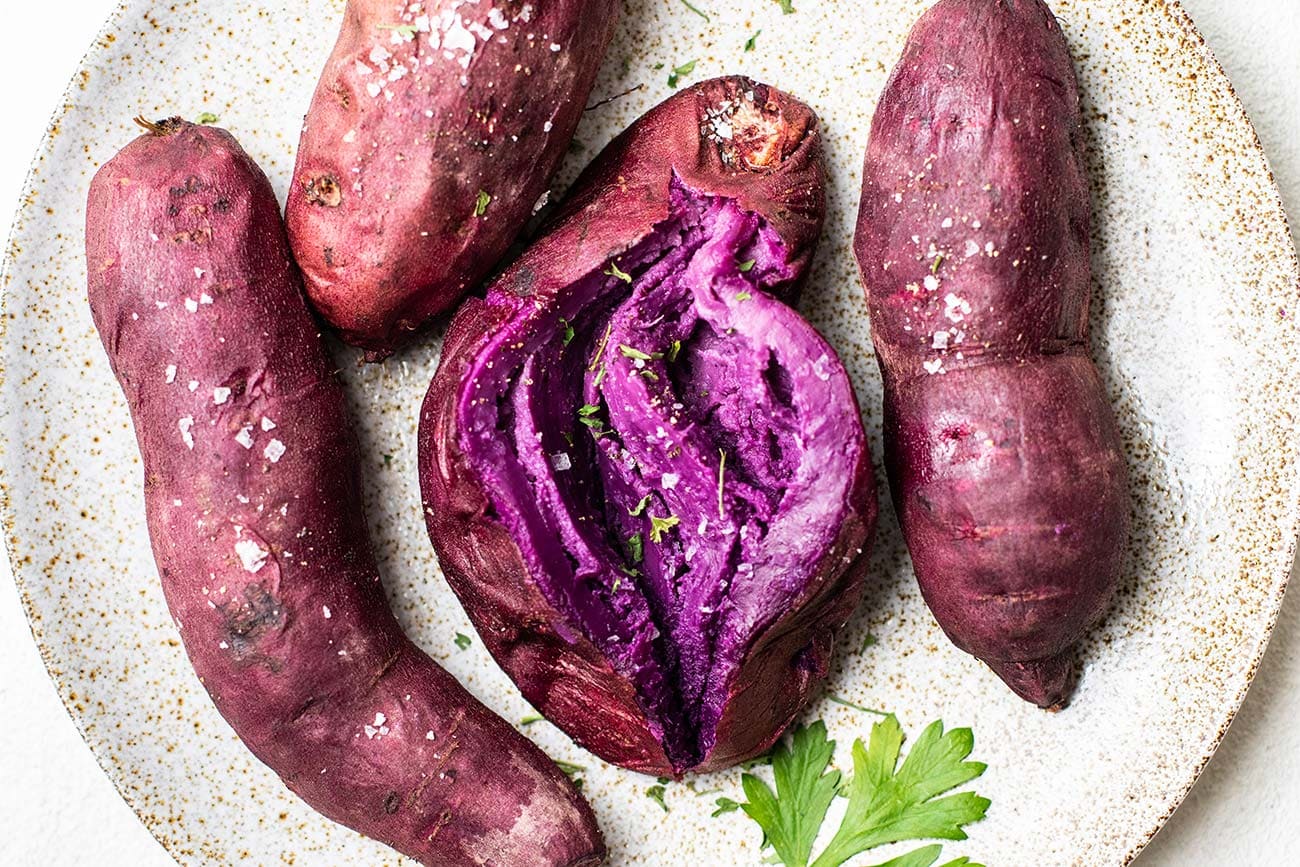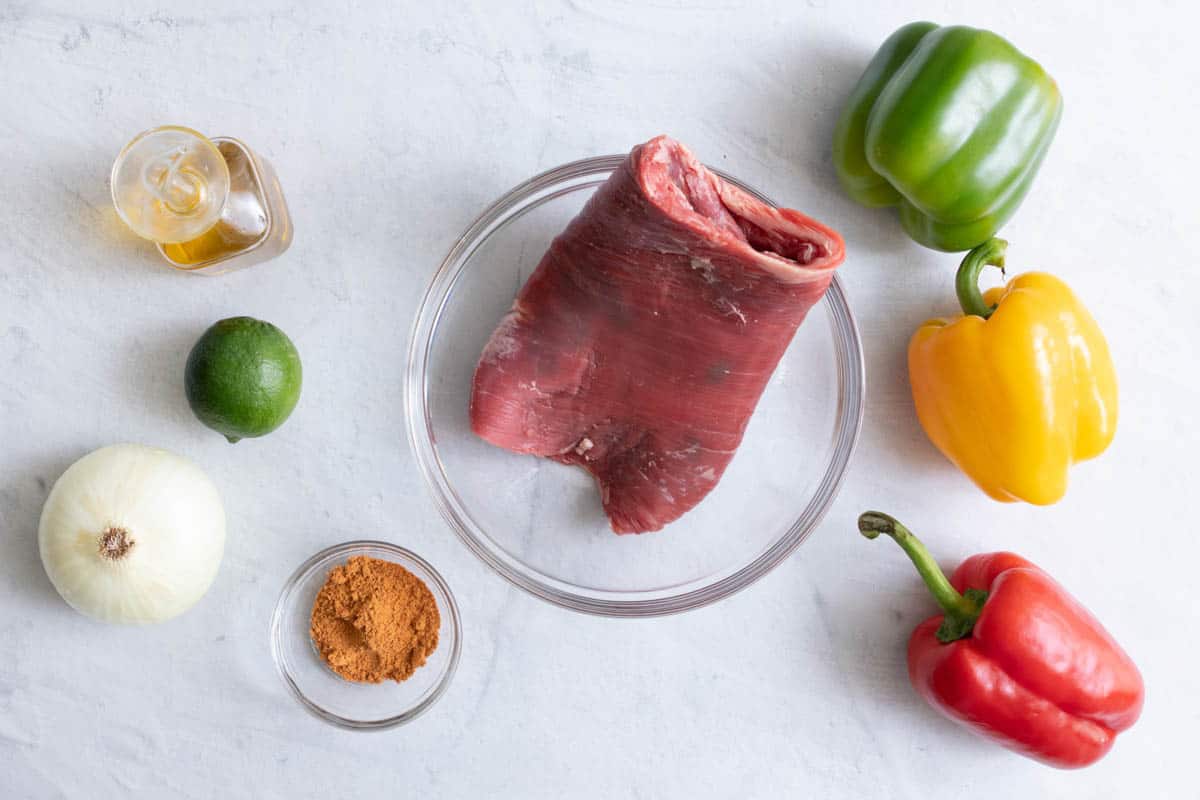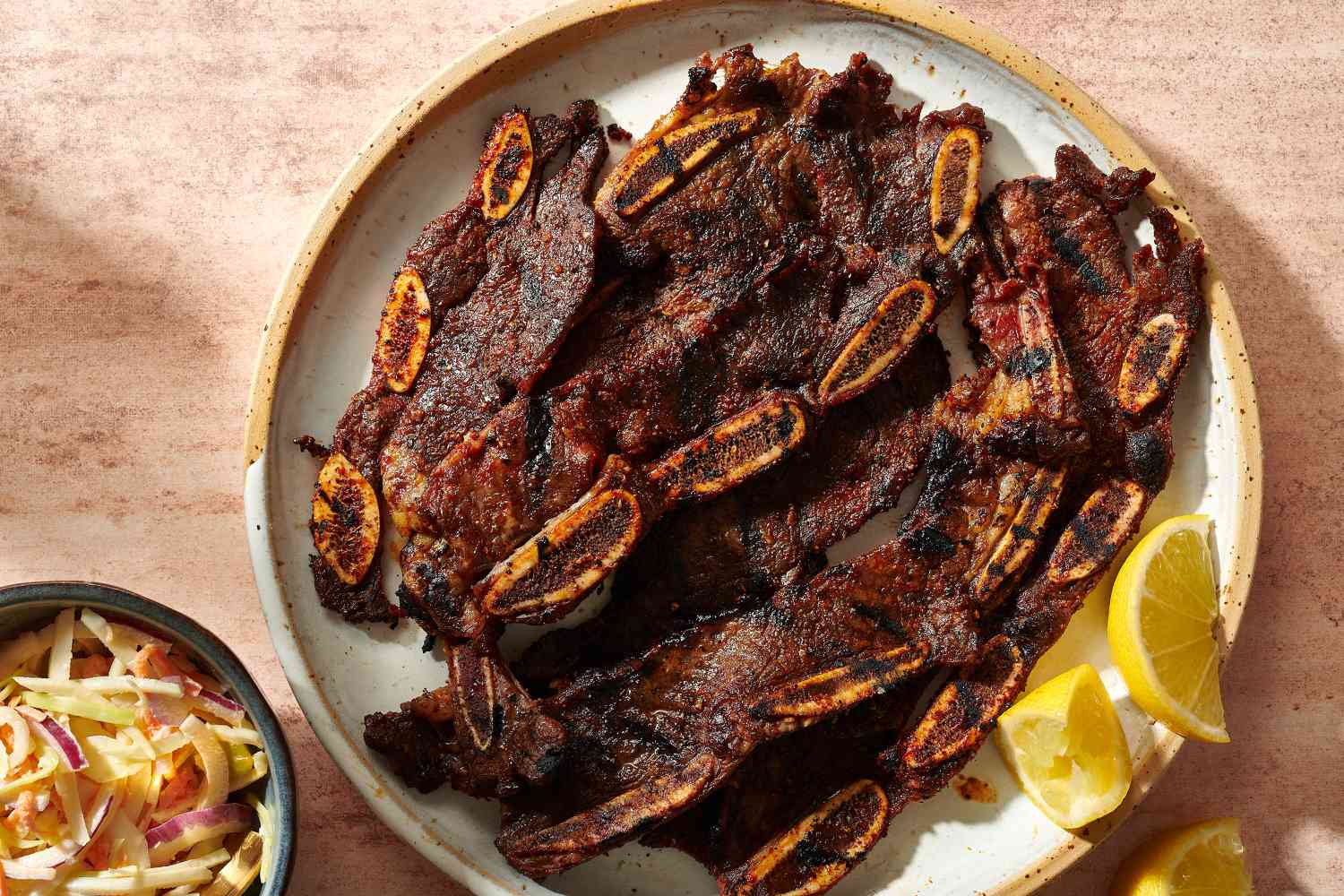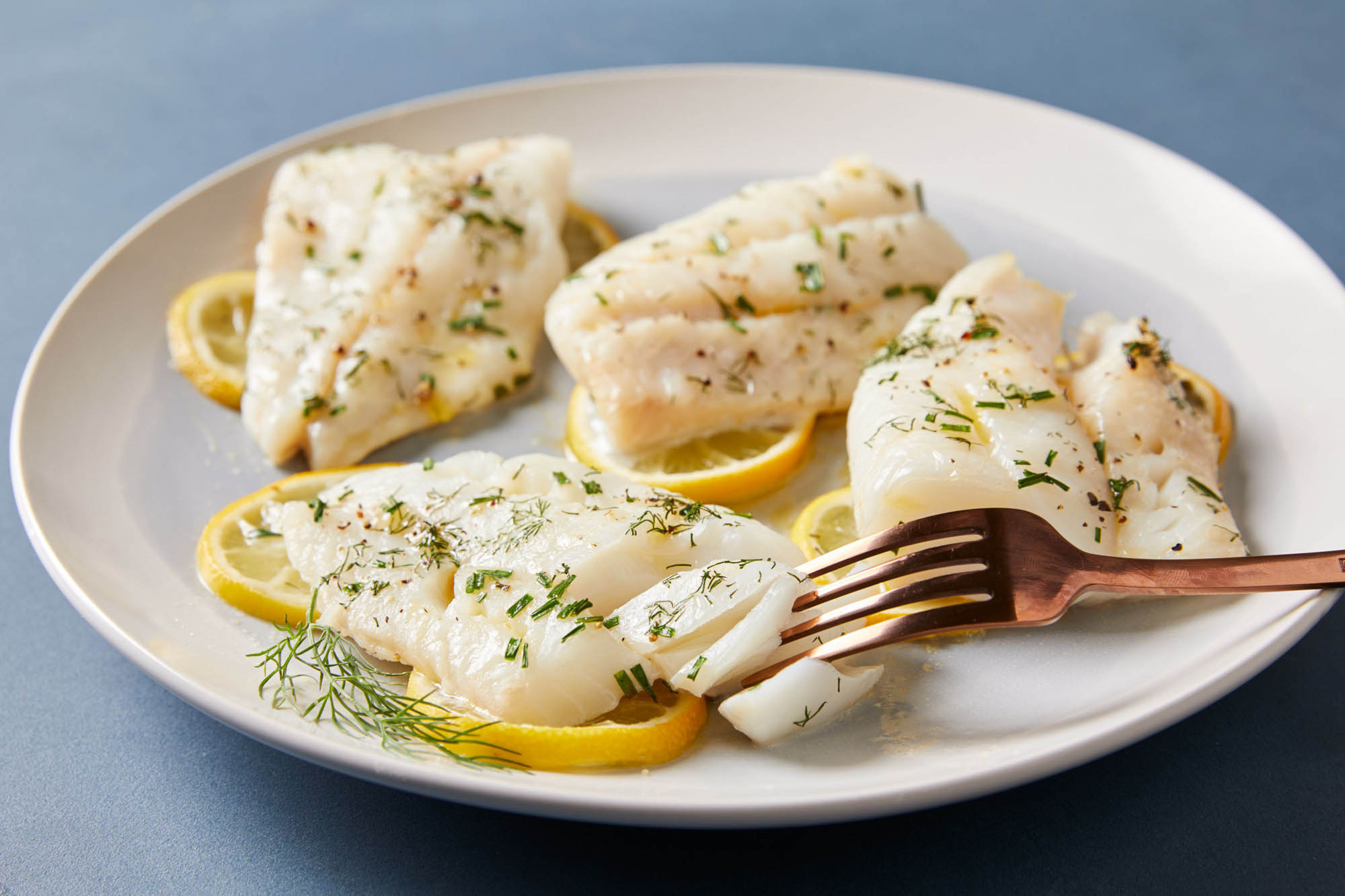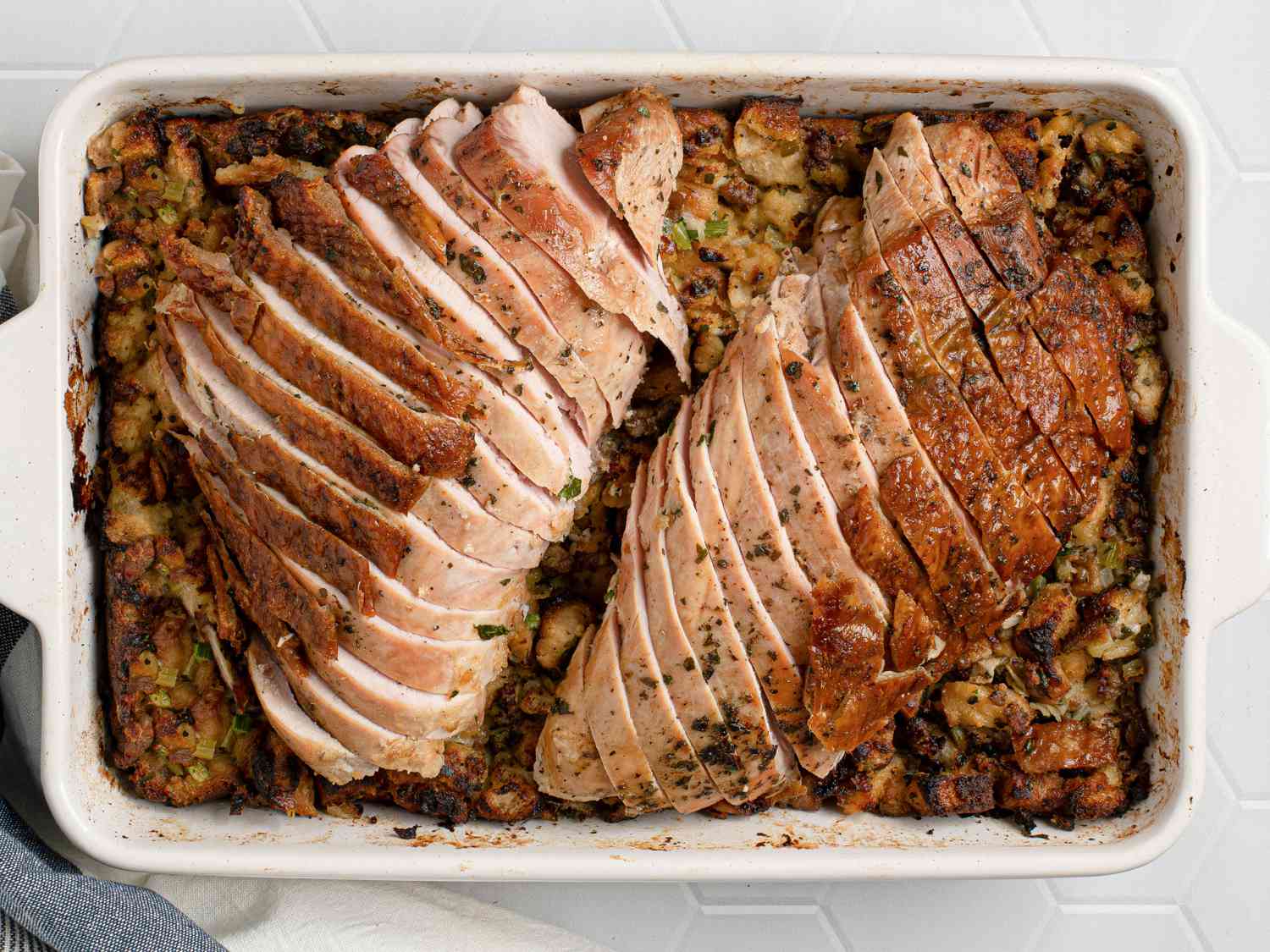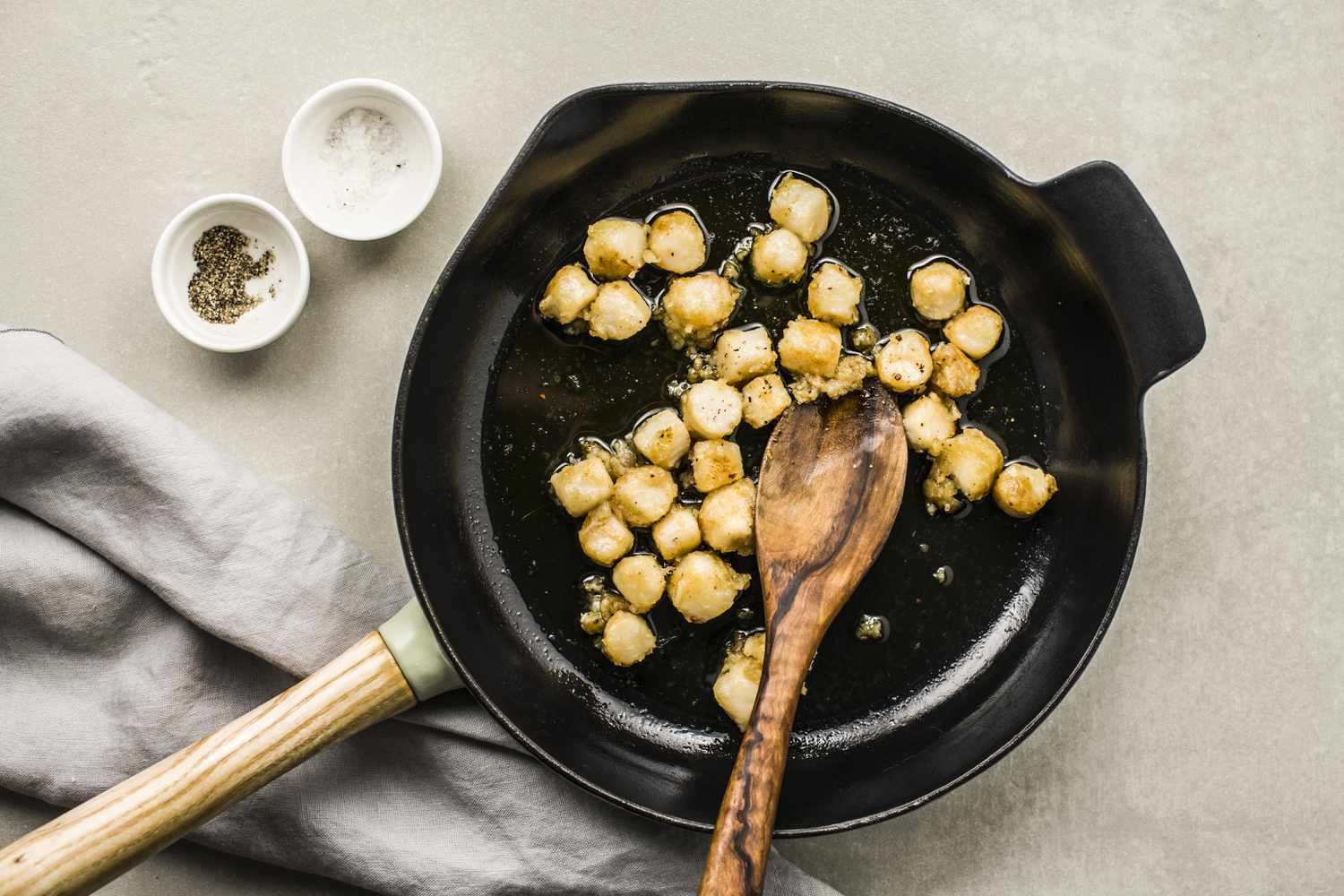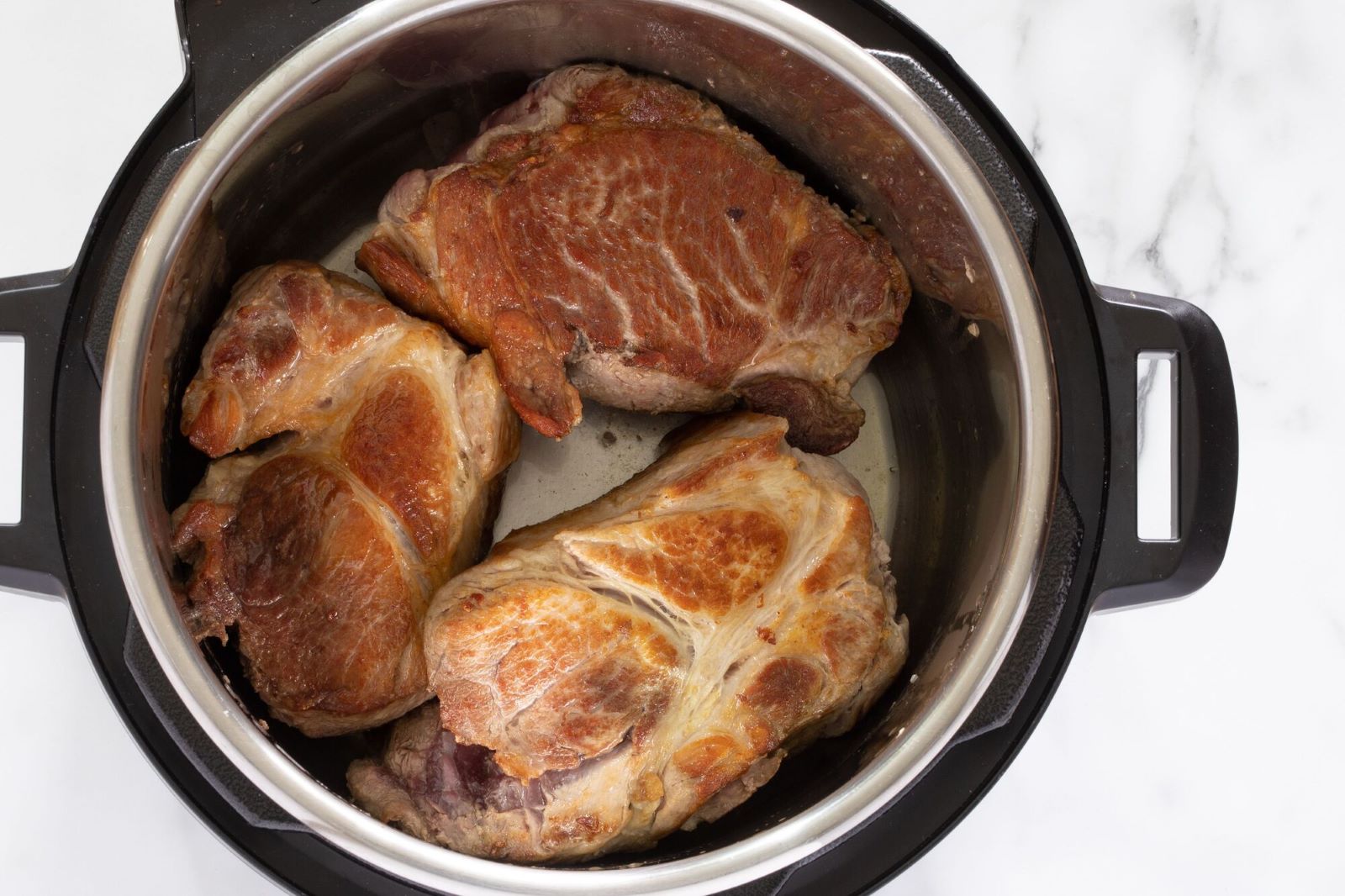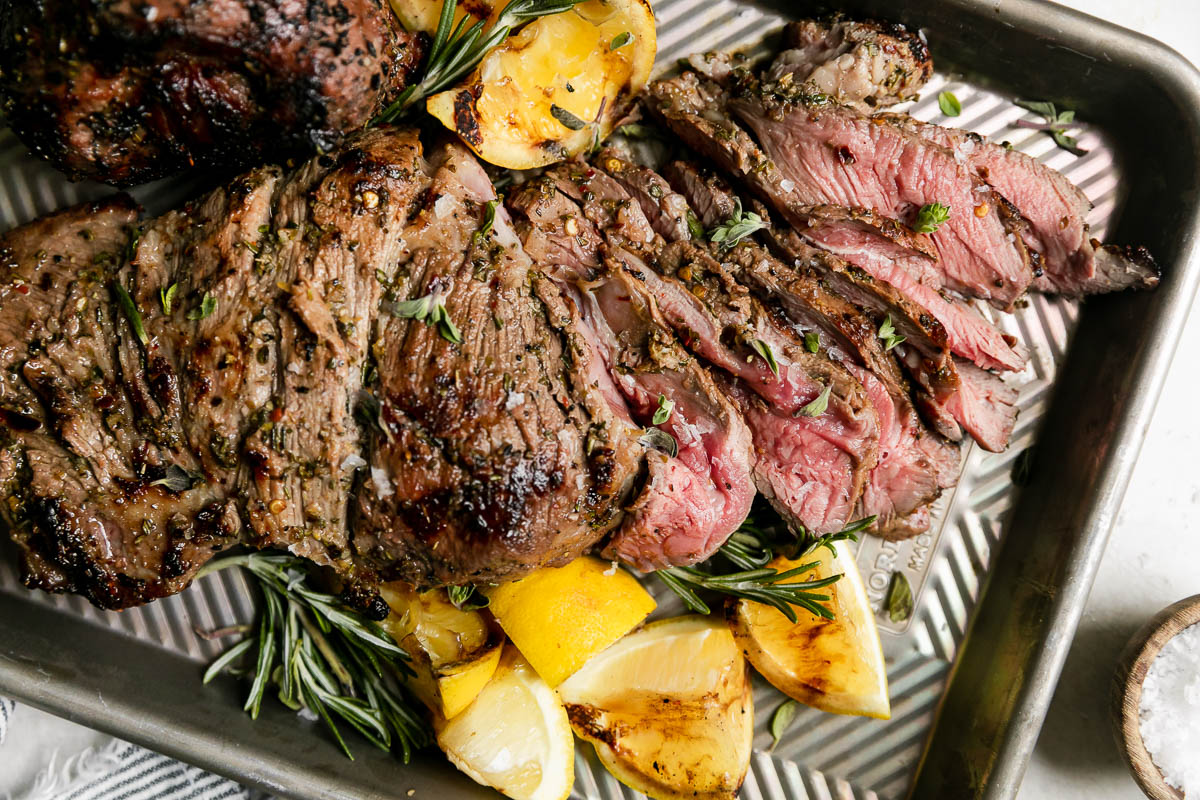The Ultimate Guide to Cooking Delicious Frozen Yellow Squash in the Oven
When it comes to cooking vegetables, there are endless possibilities, and frozen yellow squash is no exception. Whether you want a quick and easy side dish or a wholesome addition to a main course, cooking frozen yellow squash in the oven can be a fantastic option. Not only does it result in a deliciously tender and flavorful dish, but it’s also incredibly convenient.
Why Choose Frozen Yellow Squash?
Frozen yellow squash offers a range of benefits that make it an excellent choice for a variety of recipes. Here are a few reasons why you should consider using frozen yellow squash:
- Year-round availability: Unlike fresh yellow squash, which may have a limited season, frozen yellow squash is available all year round. This means you can enjoy its flavors and nutrients regardless of the season.
- Convenience: Frozen yellow squash is pre-cut and pre-packaged, saving you time and effort in the kitchen. There’s no need to wash, peel, or dice the squash, making it a hassle-free choice.
- Nutritional Value: Frozen yellow squash retains its nutritional value, including essential vitamins and minerals, making it a healthy addition to your meals.
Step-by-Step Guide to Cooking Frozen Yellow Squash in the Oven
Now that you know the advantages of using frozen yellow squash, let’s dive into the step-by-step process of cooking it in the oven. Follow these simple instructions, and you’ll have a delectable dish in no time:
- Preheat your oven: Start by preheating your oven to 400°F (200°C). Preheating ensures that your squash cooks evenly and achieves that desirable golden texture.
- Prepare your squash: If the squash is frozen in large chunks, it’s best to thaw it before cooking. However, if it’s already sliced, you can cook it directly. Coat the squash with a bit of olive oil and season with salt, pepper, and any other desired spices.
- Arrange the squash: Spread the squash evenly on a baking sheet or a roasting pan. For added flavor, you can also include some minced garlic, sliced onions, or herbs such as rosemary or thyme.
- Roast it to perfection: Place the baking sheet in the preheated oven and let the squash roast for about 20-25 minutes. You can flip the squash halfway through to ensure even cooking. The squash should be tender and slightly caramelized when it’s ready.
- Serve and enjoy: Once the squash is cooked to your desired level of doneness, remove it from the oven and transfer it to a serving dish. It pairs well with a wide range of main dishes, or you can simply enjoy it as a side!
There you have it! With just a few simple steps, you can transform frozen yellow squash into a mouthwatering dish that everyone will love. Whether you’re a beginner cook or a seasoned chef, this oven-roasted recipe is sure to impress.
Experiment with Flavorful Variations
If you’re feeling adventurous, don’t shy away from adding some exciting variations to your roasted yellow squash recipe. Here are some ideas to ignite your culinary creativity:
- Spicy kick: Sprinkle some red pepper flakes or paprika over the squash before roasting for a fiery flavor.
- Cheesy goodness: Top the cooked squash with shredded cheese like Parmesan or cheddar and broil it for a couple of minutes until it gets golden and bubbly.
- Herb-infused: Experiment with different herbs such as basil, parsley, or oregano to add a delightful aroma and taste to your roasted yellow squash.
Remember, cooking is an art, and these variations are only the beginning. Feel free to get creative and tailor the recipe to your personal preferences and the overall theme of your meal!
Conclusion
Cooking frozen yellow squash in the oven is a quick, easy, and delicious way to enjoy this versatile vegetable. With the right preparation and a touch of creativity, you can turn a simple side dish into the star of your dinner table. So, the next time you’re in the mood for something healthy and flavorful, grab that bag of frozen yellow squash from your freezer and create magic in the oven!
